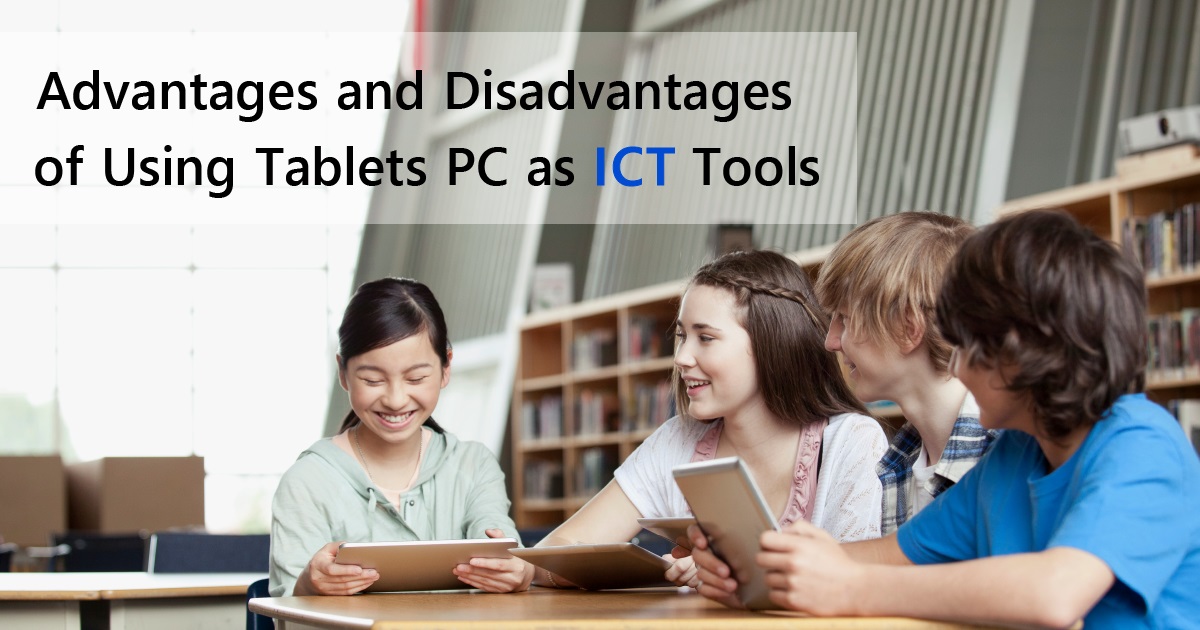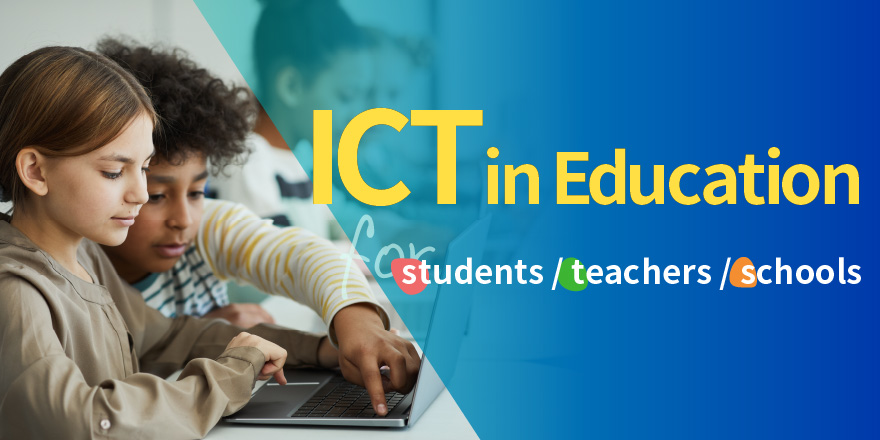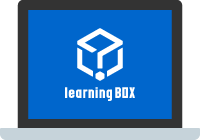Five benefits of ICT in Education
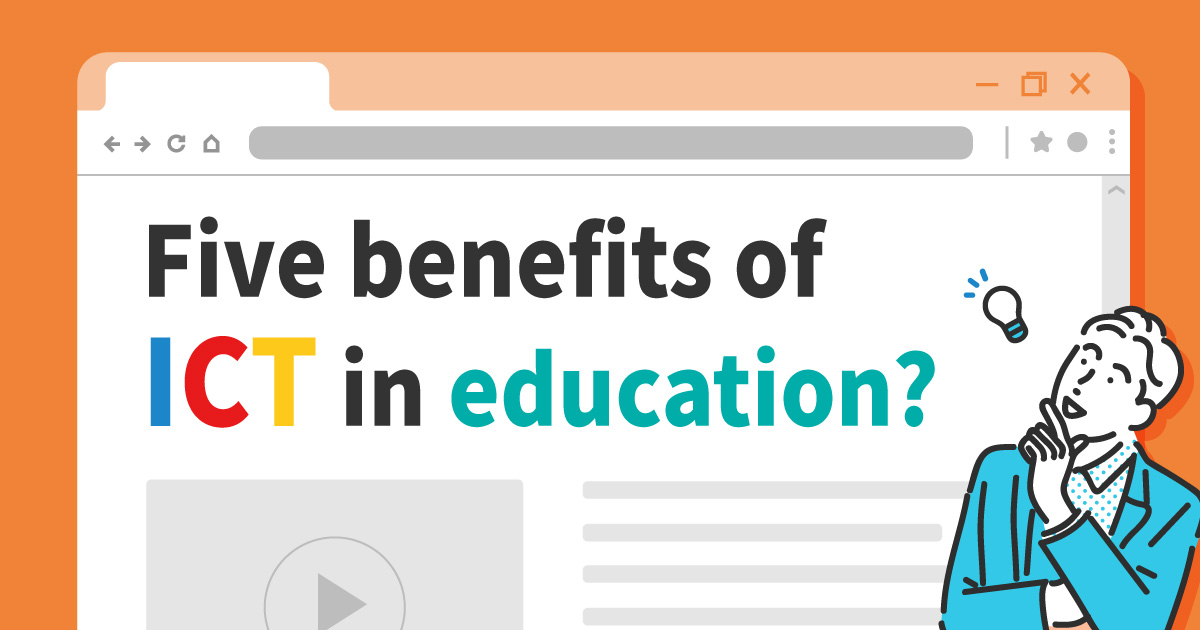
The wave of digitization is spreading in many places, and its impact is gradually permeating the educational field as well. In today's school education, how to utilize IT is a very important key to improve learning efficiency and reduce the burden on the educational field.
This article explains the basics of ICT, the benefits of implementing it, its challenges and case studies.
If you are unsure of how to introduce ICT in education, or if you want to learn more about the benefits and challenges before considering the introduction of ICT in education, please refer to the following pages.
What Is ICT?

ICT stands for Information and Communication Technology.ICT in education refers to the use of information and communication technology in educational settings.Specifically, the following teaching methods are used
- Use of digital textbooks and digital blackboards
- Gathering information on the Internet using tablet devices
- Explanations using video and animation
In conventional educational settings, paper textbooks, analog blackboards, writing materials, and notebooks were used. The introduction of ICT is expected to open up a variety of possibilities, such as expanding the use of ICT as teaching materials and improving the efficiency of classes.
First, let us introduce the need for ICT in education and the background to the attention it is receiving.
Background of the need for and attention to ICT in education
Promotion of Digital Transformation
One of the reasons why ICT in education is attracting attention is society's promotion of DX, which stands for Digital Transformation, with a single letter "X" for "crossing" because "Trans" means "to cross.
DX refers to the use of digital technology to innovate products, services, organizations, and business models. In the recent business scene, numerous companies are in the process of starting DX promotion initiatives. The DX perspective is essential for organizations to solve their problems and gain an edge over their peers in the marketplace. The same is true in the education sector.
ICT in education is expected to improve the quality of education through high-quality digital teaching materials and individual optimization of learning content. Such ICT in education measures are considered effective from the perspective of DX promotion and are expected to contribute to the reform of Japan's education scene.
Realization of the GIGA School Concept
The GIGA School Initiative is an initiative proposed in 2019 by the Ministry of Education, Culture, Sports, Science and Technology to provide each elementary and junior high school student with one learning terminal and a high-speed network environment at school, etc. GIGA stands for "Global and Innovation Gateway for All. GIGA stands for "Global and Innovation Gateway for All.
The goal of the GIGA school concept is to create an environment where children have a fair opportunity to learn through the use of ICT, and where the teachers involved in their development can make the most of their abilities while reducing their workload. It is expected to deepen and transform learning and improve classroom teaching.
The Ministry of Education, Culture, Sports, Science and Technology (MEXT) has positioned ICT in education as "no longer at the stage of discussing whether the introduction of ICT in schools is effective for learning, but has become as essential in the educational field as stationery such as pencils and notebooks. ICT will continue to spread in many schools, and learning environments will be increasingly improved.
Impact of new coronavirus infection
Since 2020, the field of education has been greatly affected by the new coronavirus infection. As a result of the spread of the infection, elementary, junior high, and high schools across Japan have been closed simultaneously, making it difficult to conduct face-to-face classes in classrooms at times. In preparation for these changes in the environment, the importance and necessity of introducing ICT in education to improve the environment is increasing.
Infectious diseases are not the only subject for which educational institutions should be prepared. There is also the possibility of exposure to unknown risks, such as large-scale natural disasters or changes in social conditions. These unpredictable times are known as "VUCA" and are characterized by volatility, uncertainty, complexity, and ambiguity.
Constantly absorbing new knowledge and adapting flexibly while utilizing technology are important skills for survival in these unpredictable times. It is believed that adaptability will be required in the field of education in the future.
Back to ContentsMerits and benefits of introducing ICT education

ICT in education is not simply a method of education that responds to changes in society, but also offers various advantages and benefits that solve problems in the educational field.
For teachers, it can be used to reduce workload and share information with other teachers, and for students, it can provide an environment where they can easily concentrate on their lessons and become more interested in learning. The following are some of the concrete benefits and effects of ICT in education.
<Merits and benefits of ICT in education
| Benefits and Objectives | concrete example |
|---|---|
| Improved learning efficiency | -Using a terminal reduces the burden of writing on the board by transcribing into a notebook. -It is easier to concentrate in class because writing on the board is no longer necessary. -Even students who do not like to be the center of attention can easily express their opinions and questions through the system -Improved quality of teaching because teachers can quickly access information at their terminals |
| Reduce the burden on teachers | -Prints materials used in class, reducing the time and effort of writing on the board -Reuse materials and board content to reduce preparation and workload. |
| Simplified information sharing | -Sharing lesson content among teachers makes it easier to stabilize the quality of teaching. -Visualizing the progress of classes makes it easier for teachers to collaborate with each other. |
| Increased student motivation | -Facilitates proactive and cooperative teaching rather than passive teaching -Use of images and video to help increase student interest and engagement -The fun and freshness of using digital equipment makes it easier to motivate students to learn. |
| Improve IT literacy of students | -Acquire knowledge and skills in IT equipment, such as operating computers and tablet devices. -Expected to be effective in developing the ability to select and utilize necessary information |
Improved learning efficiency
ICT improves student learning efficiency. For instance, in the past, students would take notes of what the teacher had written on the blackboard, and then reread the notes to consolidate their memory of the lesson. With ICT, however, students no longer need to move their hands because of the use of tablets and other devices, and they will be able to concentrate more on the class.
ICT can also make it easier for students to express their opinions, even if they do not like to raise their hands or be the center of attention during class.
Reduce the burden on teachers
In addition to teaching and preparing for classes, teachers have a variety of other duties, such as dealing with parents and advising club activities. This burden on teachers is seen as a problem in the field, and the challenge is how to reduce the workload.
The introduction of ICT in education reduces the burden on teachers in detail, such as the time and effort required to print out materials used in class and to write on the board.
The time freed up by the introduction of ICT can be used to solidify class content and perform miscellaneous tasks, which is expected to improve the quality of education as a result.
Simplified information sharing
Another major advantage is to easily share class data and teaching materials used in class among teachers and students. By organizing class materials on PCs and tablet terminals, the time required to distribute materials can be reduced, and classes can proceed efficiently and smoothly.
Information sharing among teachers will also provide opportunities to learn about good teaching materials and teaching methods, which will have the effect of synergistically enhancing the quality of education.
Increased student motivation
Increasing students' motivation for learning is also cited as an advantage of ICT, as it is still not that common, and many students may find classes using digital tools refreshing.
Learning through the tablet devices and electronic blackboards can be expected to increase students' interest in the class itself.
When implementing ICT in education, it is a good idea to create questions and animations from the perspective of whether or not students will be interested in them. Of course, the content of the class is important, but it is also important to have a system that engages students in the class.
Improve IT literacy of students
As ICT in education advances informatization, not only teachers who support learning but also students will be able to acquire knowledge and skills of IT devices. literacy will help students to select and use necessary information and to develop the ability to think for themselves.
In recent years, lack of IT literacy has often led to unexpected accidents. For example, corporate security incidents and problems related to social networking accounts are mainly recognized as IT literacy issues, and it is important to ensure that students acquire basic knowledge and skills when using IT.
You can refer to the information provided by the Ministry of Education, Culture, Sports, Science and Technology when developing and improving class content based on the benefits and effectiveness of ICT education. Please check the following points when considering the introduction or enhancement of ICT in education in the future.
Back to ContentsDisadvantages and problems of ICT implementation

While ICT has many advantages, there are several challenges related to its cost and stability of the environment, as it assumes the use of digital devices and an Internet environment.
Before the implementation of ICT in education, it is important to have a clear understanding of what the challenges are. Here are three of them to consider when introducing it.
Costs
It is inevitable that certain costs will be incurred to implement ICT. This is perhaps the biggest challenge.
On the hardware side, it is essential to purchase computers, tablet terminals, electronic blackboards, etc., and on the software side, ICT in education software must be prepared in advance. The larger the number of students, the larger the quantity to be prepared, so the introduction project must be planned well in advance. It will also be necessary to proceed with the preparation of the Internet environment.
In order to facilitate ICT, it is inevitable that a certain amount of costs will be incurred during operation as well.
Influence by network troubles
ICT, by its very nature, is greatly enhanced in an online environment. However, you should keep in mind that operations based on an online environment are always with network troubles.
In the unlikely event of network troubles, the classes themselves might not be able to continue as envisioned. Natural disasters and network troubles are expected to happen. Depending on the situation, it might be difficult to guarantee a minimum level of education.
Therefore, if the internet is not connecting, you need to have an alternative plan in place to ensure the smooth continuation of classes.
Disparities between regions or schools
Another challenge is that ICT implementation varies greatly depending on whether it is urban or rural, private or public schools. In many cases, private schools have ample budgets and are affordable to purchase PCs and tablet devices. Public schools, however, the budgets are limited, which means that the hurdles to adoption are likely to be higher.
There is concern that this situation will continue over the years, resulting in a widening of the educational gap as a whole. The key to the future will be how to introduce ICT equally and provide uniform education.
Back to ContentsCase Studies

ICT has been recently introduced in many educational fields.
For those who are considering the introduction of ICT in education and would like to refer to actual cases, we will introduce examples of elementary schools that have introduced e-learning systems.
Doshisha Elementary School
The following is a case study of Doshisha Elementary School. The school had been closed for a prolonged period of time due to the spread of the new coronavirus, and was faced with the challenge of creating a learning environment for students at home. The school urgently needed to create e-learning content that was simple and easy to understand for both elementary school students and parents unfamiliar with digital technology.
The school has therefore introduced "learningBOX" to create an environment that allows students to study at home even when the school is closed, such as during online classes. Even after the school closure period, the school continues to make use of the system by uploading videos to check assignments at home and uploading class schedules and class newsletters.
It also helps to improve the quality of teaching by sharing videos of classes with other faculty members and exchanging opinions.
Back to ContentsAdopt ICT in education and keep up with digitalization!
In this society, it is undoubtedly important to adapt to digitalization and take advantage of its systems. It can be said the same for the field of education as well. Compare the advantages and challenges, and we recommend the introduction of ICT even if it is a small start.
If you are interested in introducing ICT in education in the future, please contact us atlearningBOX The e-learning system, learningBOX, has all the functions for creating and distributing teaching materials, managing grades, and managing students. We recommend that anyone can easily build a web-based learning environment.
Free plans are also available, so you can easily test the effects of the introduction of the system. If you are interested in improving the quality of education through digitization while reducing the burden on teachers, please contact us first. Free Plan to see how it works.
▼You may also like:
Back to Contents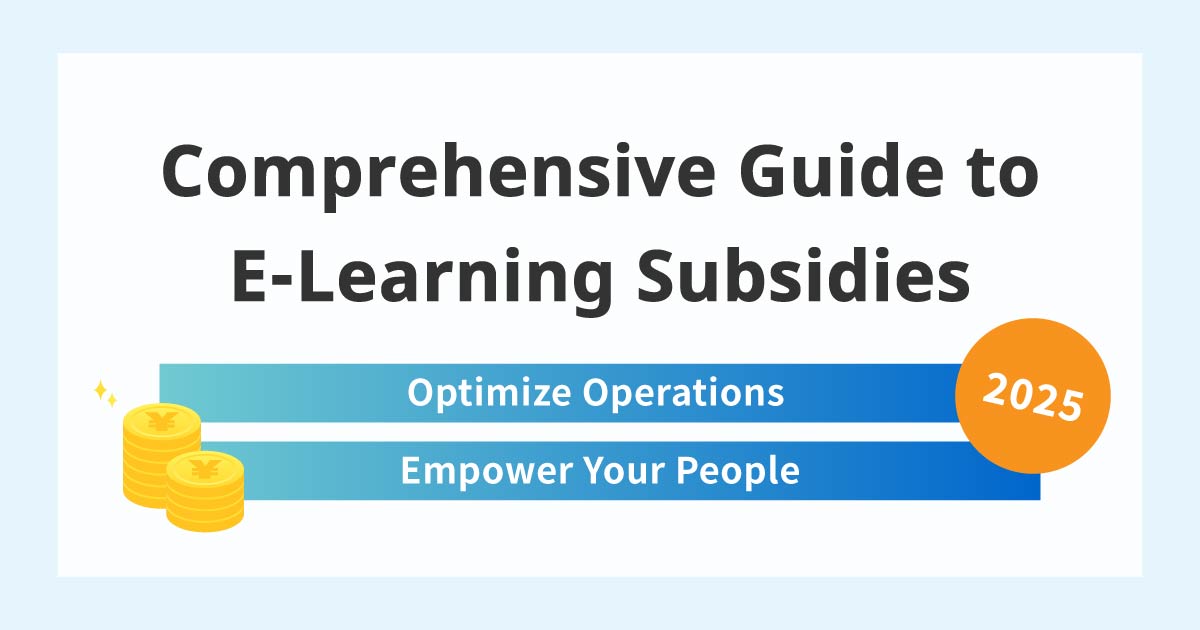

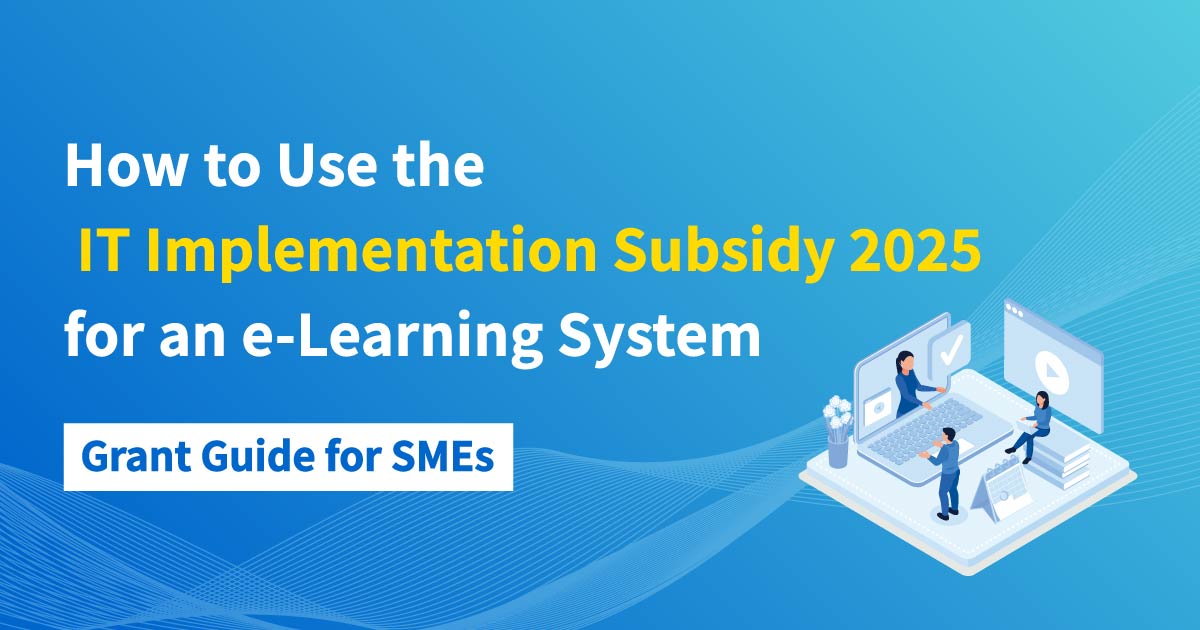
-
Discover rich featuresService Guide
-
Feel free to contact usGet in Touch
-
Try our Free PlanTry Free Plan


